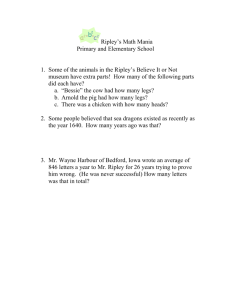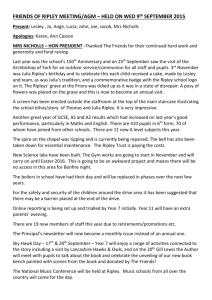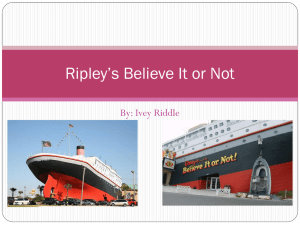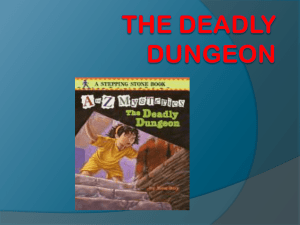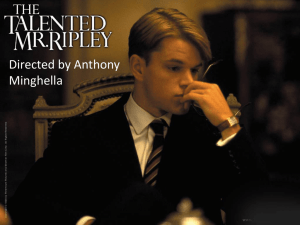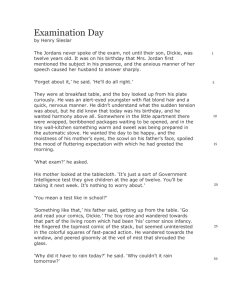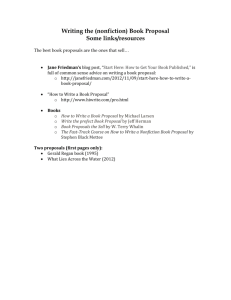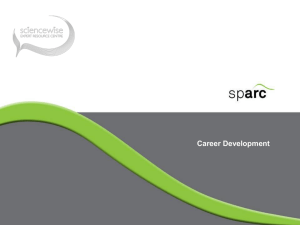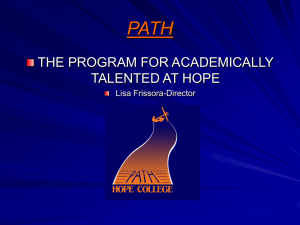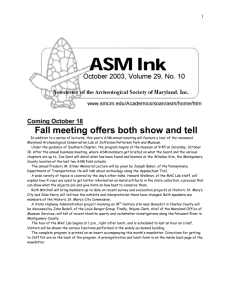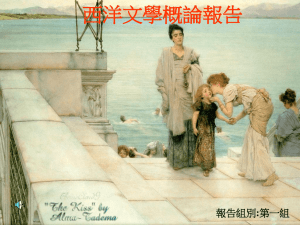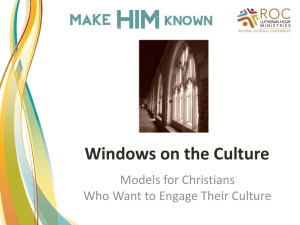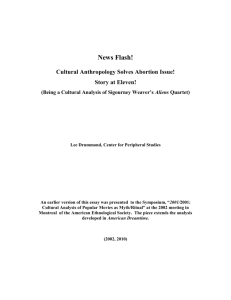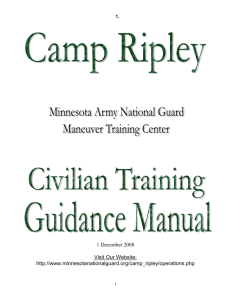The Talented Mr. Ripley
advertisement
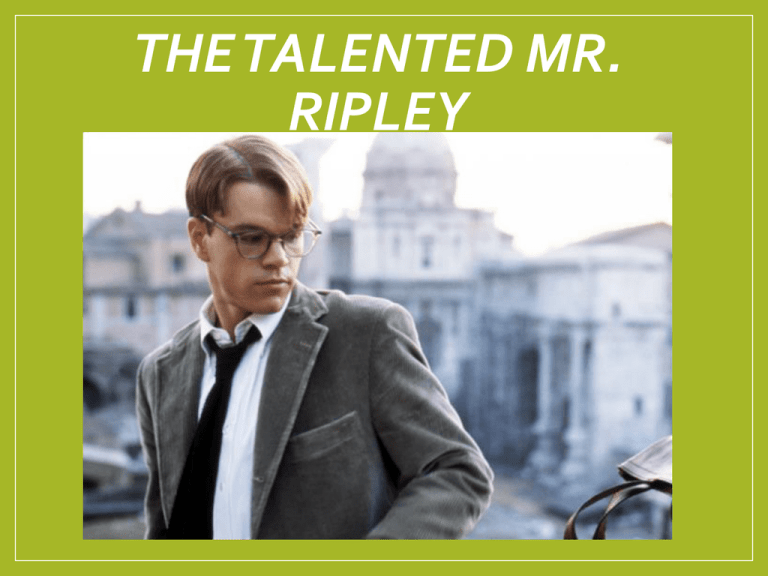
THE TALENTED MR.
RIPLEY
• Tom Ripley is a twenty-three-year-old living in New York.
• comes from a fairly disadvantaged background, but has aspirations to a better life.
• currently impersonating an agent of the income tax office and collecting
supposedly overdue and unpaid taxes from his unsuspecting victims. This most
recent scam is more of a silly game than a serious attempt to get money, as he
cannot cash the checks he receives.
• Scheme seems to have gone wrong and he is expecting imminent arrest when he is
approached in a bar by Herbert Greenleaf, the wealthy father of a casual
acquaintance.
• Mr. Greenleaf hires him to go to Italy to try to persuade his son Dickie to come
home.
• Dickie is living a bohemian life as a painter and sailor in a small Italian village called
Mongibello.
• Tom tracks Dickie down and finds that Dickie has what seems an enviable life. A
trust fund gives him enough to live on and he owns a house by the sea and a boat.
• Tom quickly inserts himself into Dickie’s life and the drama unfolds!
The Talented Mr. Ripley
• Setting
• New York
• Various locations in Italy
• 1950s
The Talented Mr. Ripley
•The 1950s
• Post-war era (WW II)-people worry that certain events
could occur again (genocide, atomic destruction . . .)
• Economic boom
• Rise of white-collar middle class and suburbs
• Cars and highways make the country more accessible
• Positive and optimistic outlook
However . . .
Typical new home in the 1950s.
These homes were springing up everywhere. You’ve probably passed through many
neighborhoods that featured homes similar to this, one after the other after the other . . .
• Undercurrents of fear, apprehension and discontent
• Fear of nuclear war (duck-and-cover generation)
• Sense of impending doom (Cold War tensions)
• Sense that there is no logic or order to life (postmodernism)
• Tremendous pressure to conform for all (not cool to be different- different
is scary!)
• Teen culture/ rock and roll
• Questioning of gender roles, work, the nuclear family, social and moral
norms
• Emphasis on appearances (vs. reality!)
• Extensive growth of popular & consumer cultures
• Minority groups organizing and becoming public
The Talented Mr. Ripley
•Some of the fears and anxieties of Americans
during this era are explored in the novel:
• Social Class issues
• Personal Identity
• Duality (not being one way or another- having more than one “side”)
• Appearance vs. reality
• Isolation/alienation
• Conformity
• Paranoia
• Disillusionment
• Morality (good vs. evil)
• Sexuality/homosexuality/minority
The Talented Mr. Ripley
Excerpt from the essay “The Subversive Ms. Highsmith and The
Talented Mr. Ripley” By Michael Bronski
• “One wonders what The Talented Mr. Ripley must have looked like to
readers when it was published in 1955. World War II had been over for a
decade, the U.S. was in the middle of its biggest economic boom since
the 1920s, and the country was about to pitch forth into the violent and
vicious anti-Communist hysteria that would plague us for the next four
decades. America was pretending that Leave It to Beaver and Father
Knows Best were mirrors of everyday life. But outside TV-land, things
were changing. African Americans were pressing ever more boldly for
basic civil rights. The Beat Generation captured the public imagination
by mocking gender roles, work, and the nuclear family. Betty Freidan’s
The Feminine Mystique was about to be published. Teenagers were
finding that life would be quite different from what their parents had led
them to expect. Rock and roll was seen by many adults as wreaking
havoc on traditional social, racial, moral, and musical norms. The tabloid
and mainstream presses were obsessed with juvenile delinquency and
motorcycle gangs. To make things worse, homosexuals were becoming
more public, forming groups, moving into neighborhoods. Enter Tom
Ripley.”
Hmm. . .
• It sounds
like Americans during this time period
were questioning everything they knew to be “true”
about life, society and their own identities!
• Lines were beginning to blur in many ways- this
must have affected people’s perceptions of reality.
• There must have been a lot of skepticism about
who to trust and what to believe.
Enter postmodernism.
Art and literature from this time period is
often referred to as Postmodern
• This philosophy (postmodernism) is said to have come from a reaction to a society
that is progressing at a fiercely rapid pace.
• A decentering of authority
• An eradication of traditional boundaries between high and low (class, art and
entertainment.)
• A struggle against the anonymity that contemporary society accorded most people.
• A focus on pointing out the rhetoric of society, the half-truths and untruths that
people are convinced to believe. (Morality, common decency, social norms and the
concept of self- all things which we take for granted as “true” -are actually only
constructed by language {what someone else tells/convinces us to believe},
therefore, whether or not it is true and right is debatable)
• A focus on the experience of the individual, of how the personal and the social come
together to form identity.
• A focus on the concept of “voice”—how, in this vast culture, does one establish any
sense of individuality? How does one find a meaningful way to express and explain
oneself? How do people achieve viable existence?
• “Exploration into the marginalized aspects of life and . . . society”
As you read the novel . . .
•Be on the look out for the author’s
exploration of the topics/style mentioned
in this power point.
•How does the author construct the novel
to reflect the concerns of the day?
